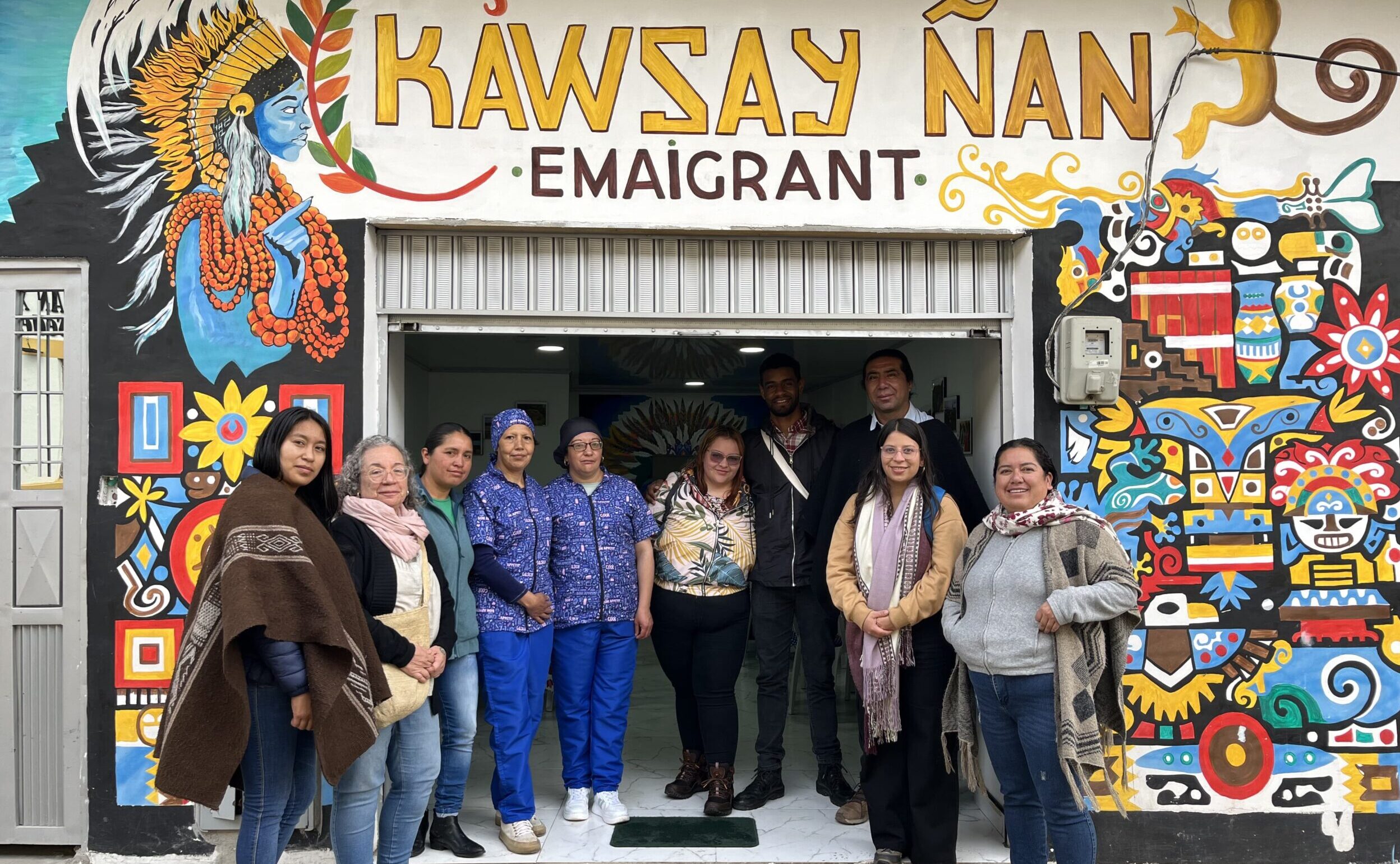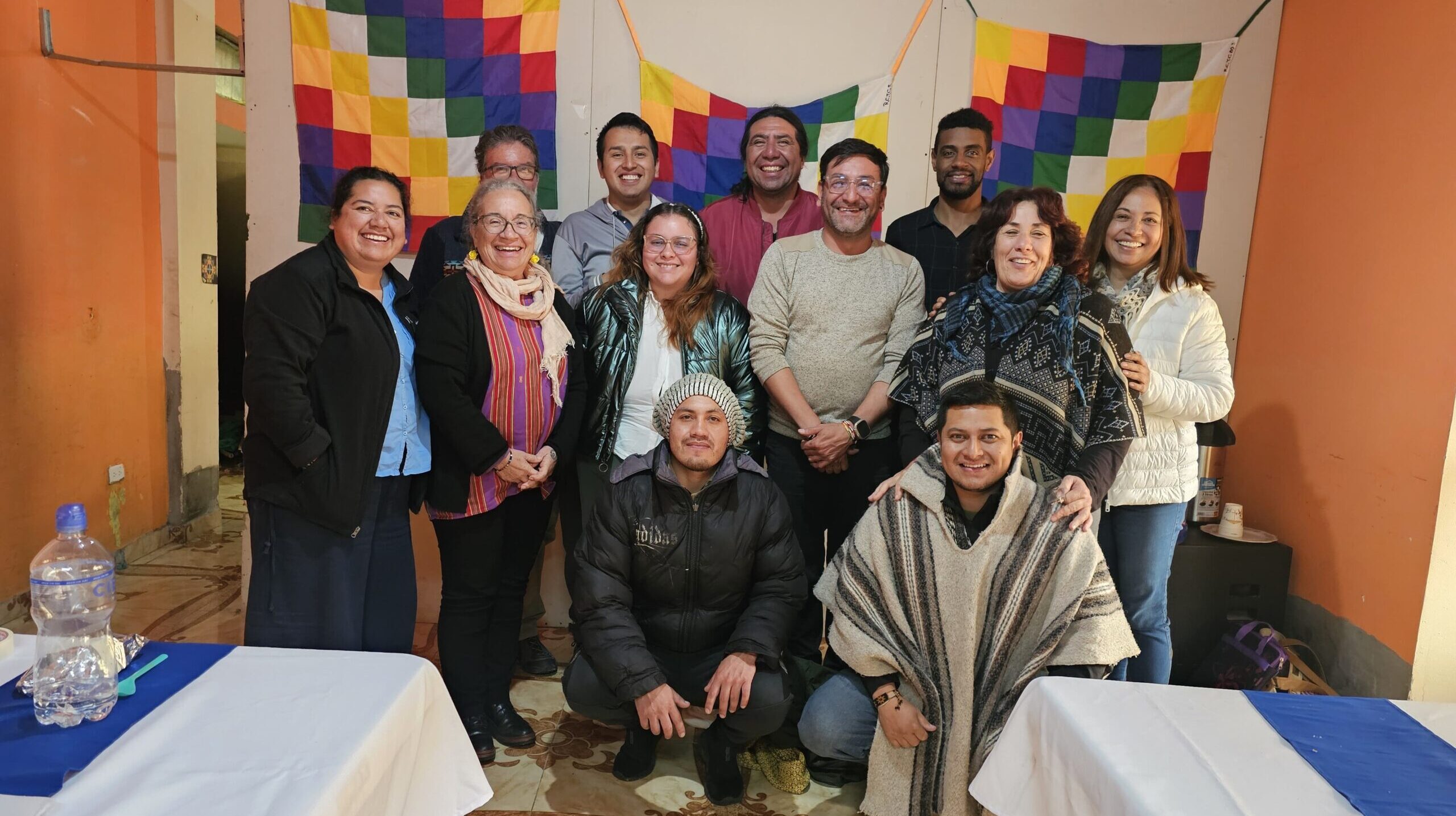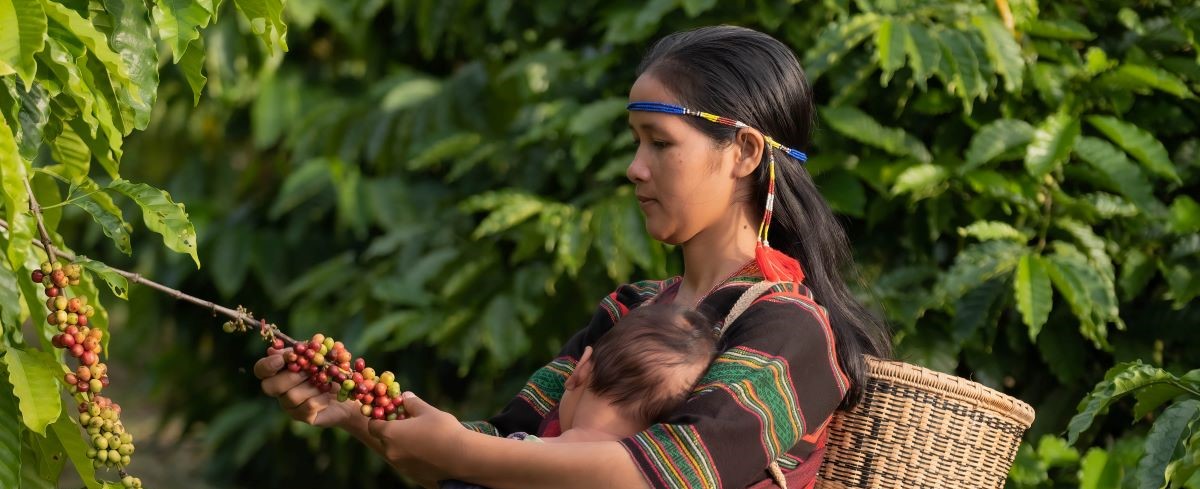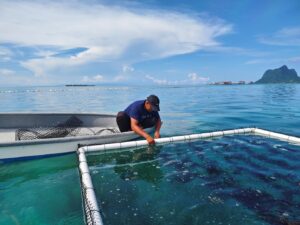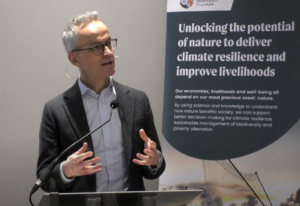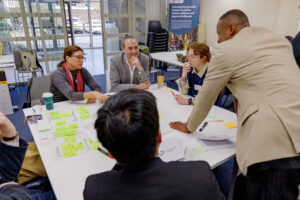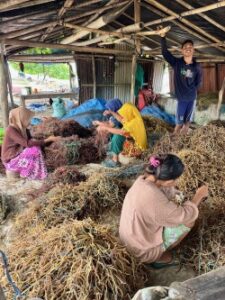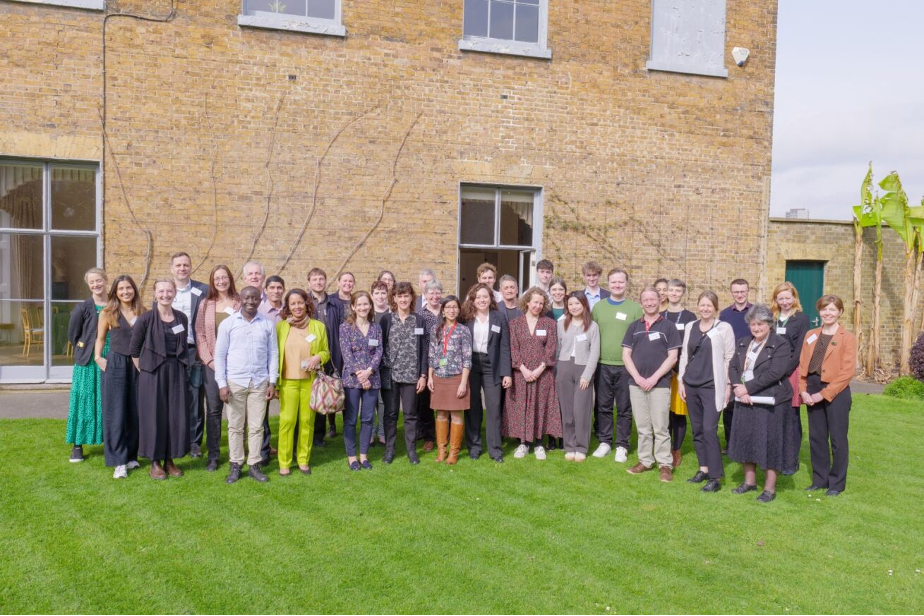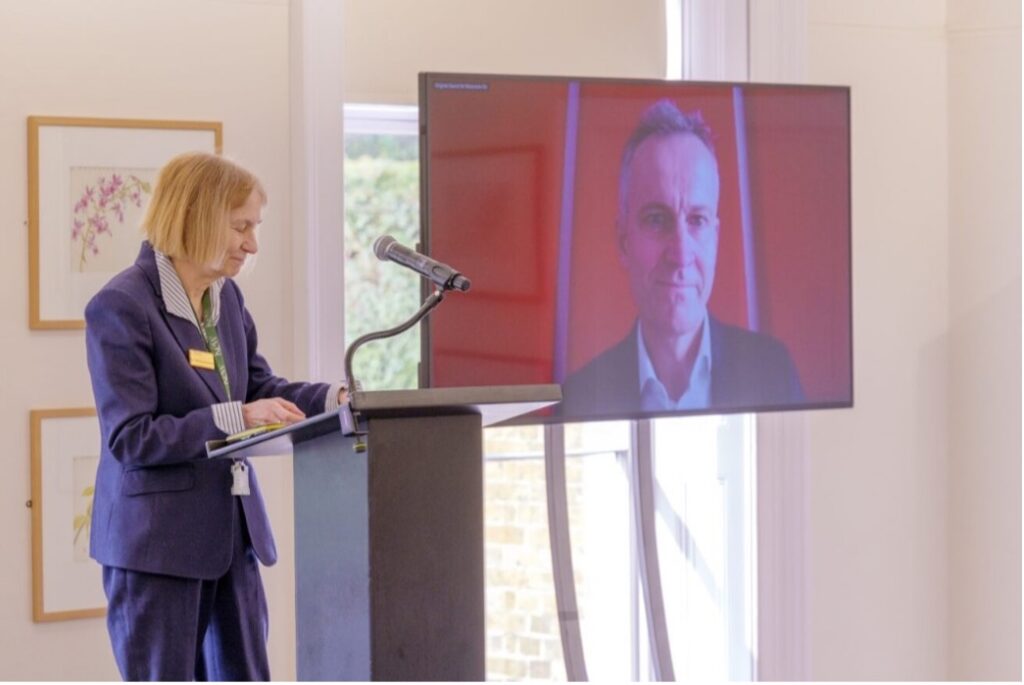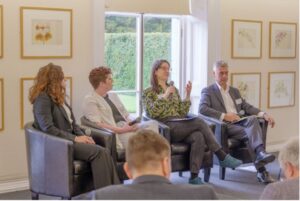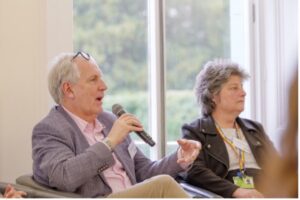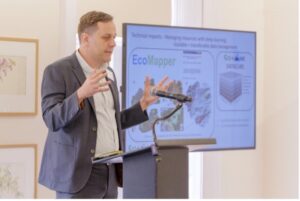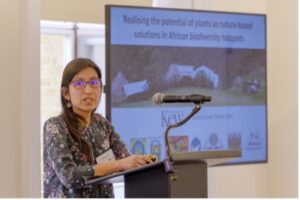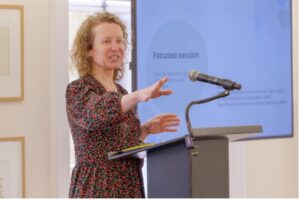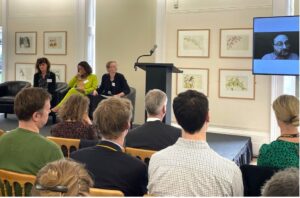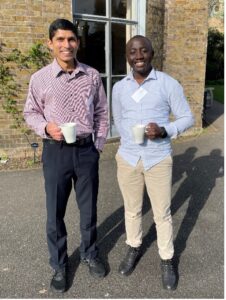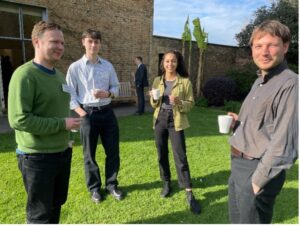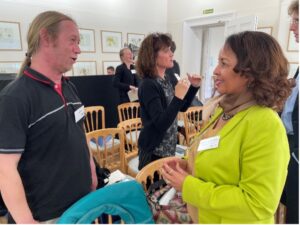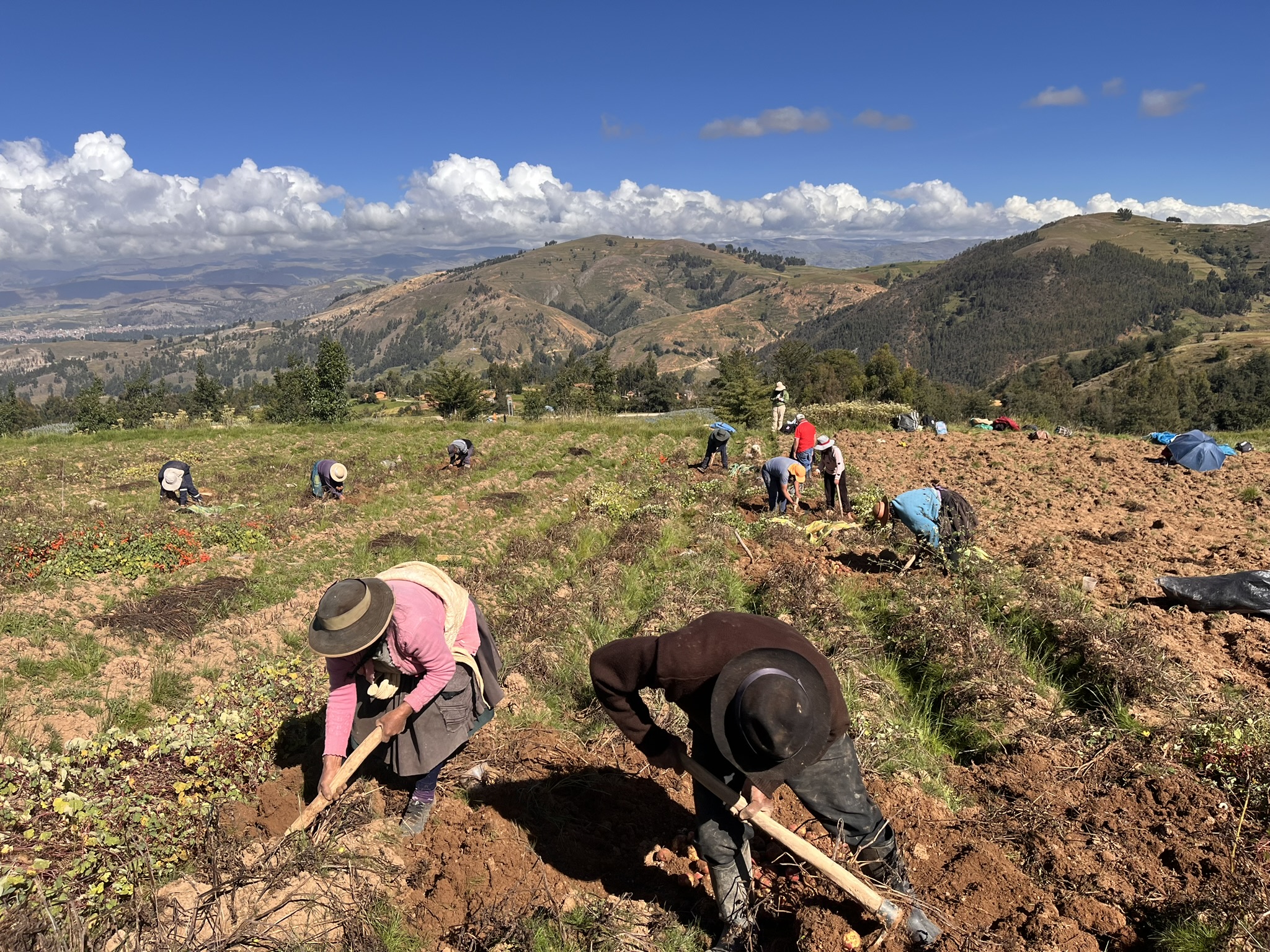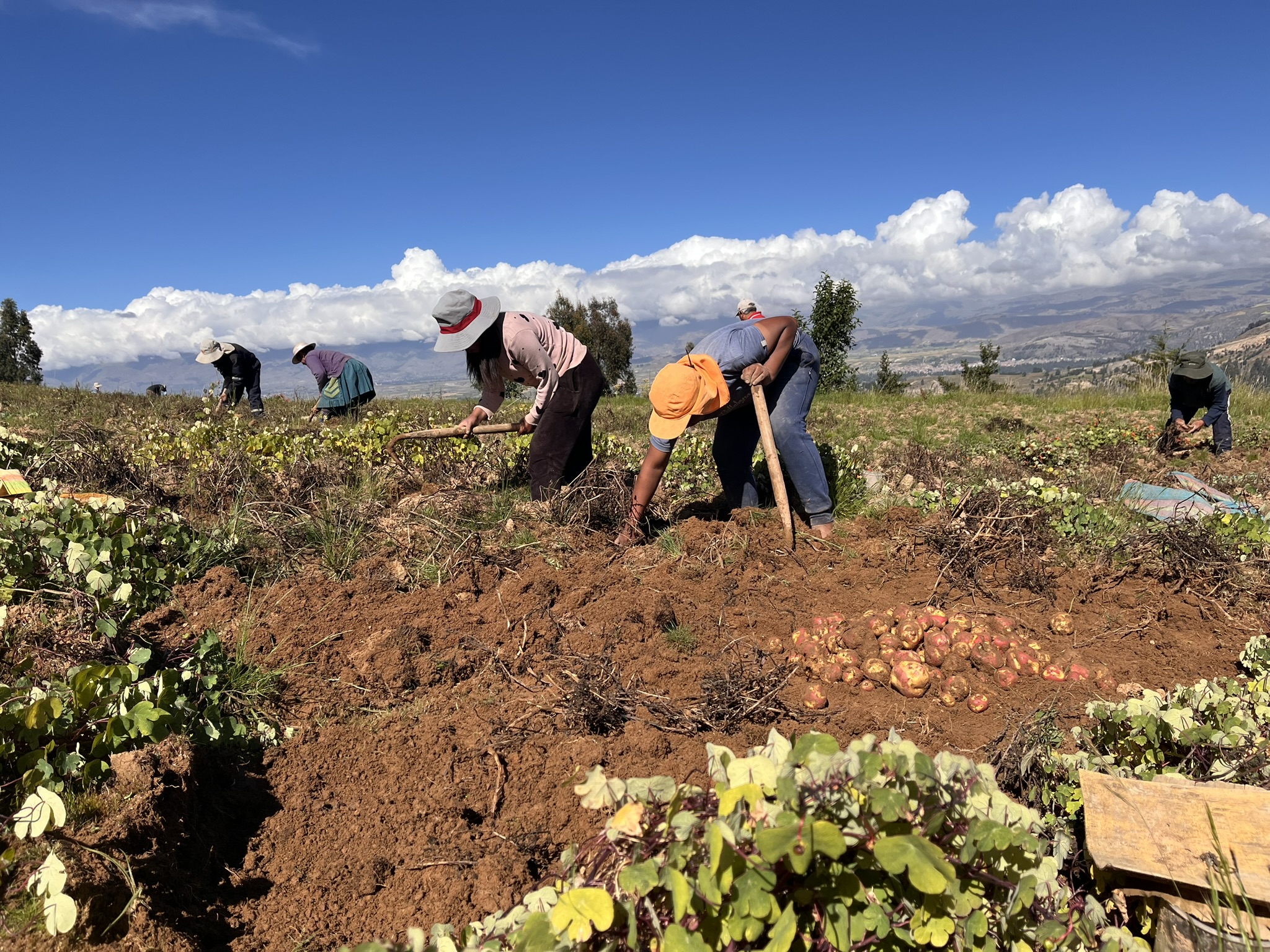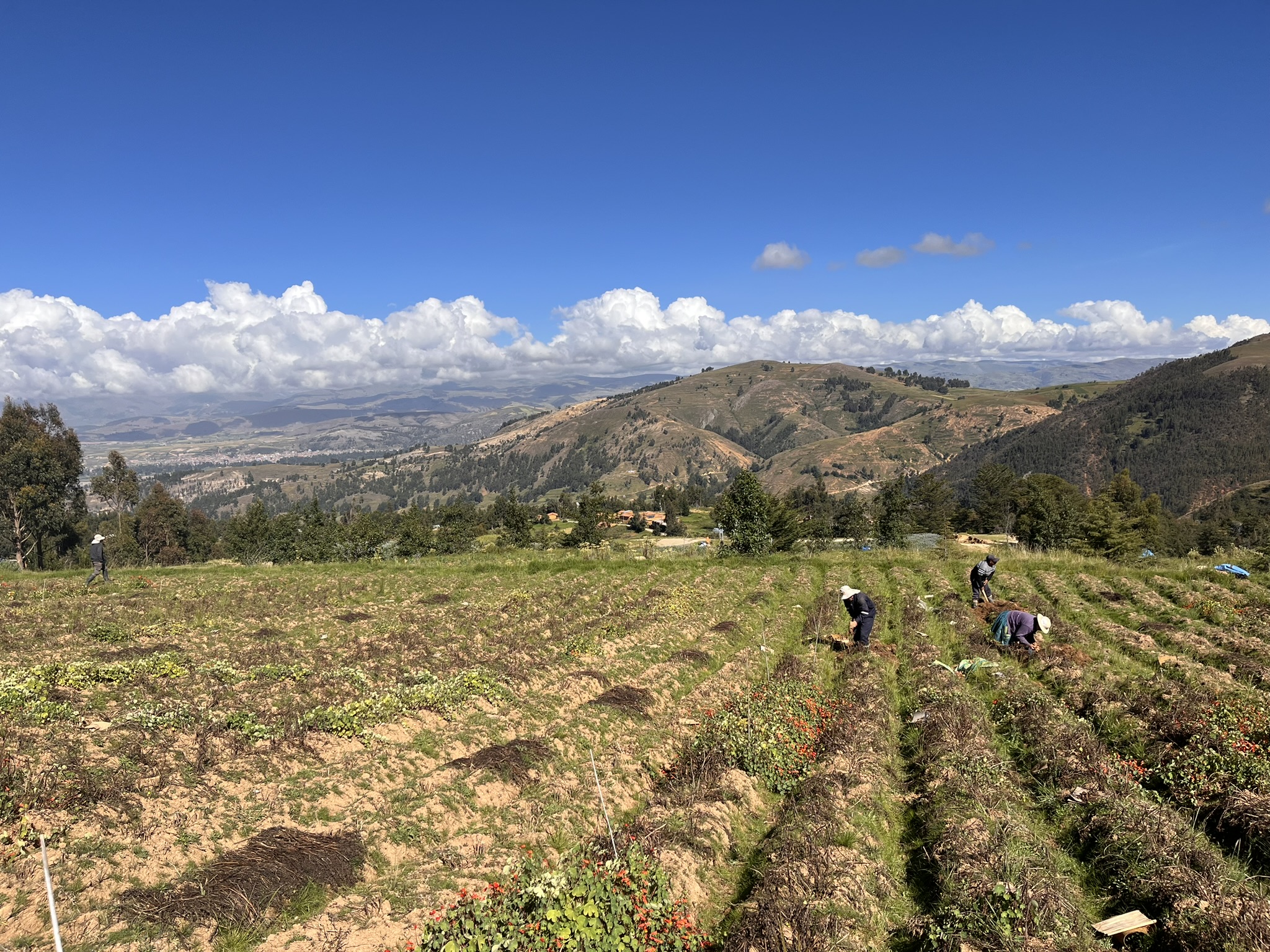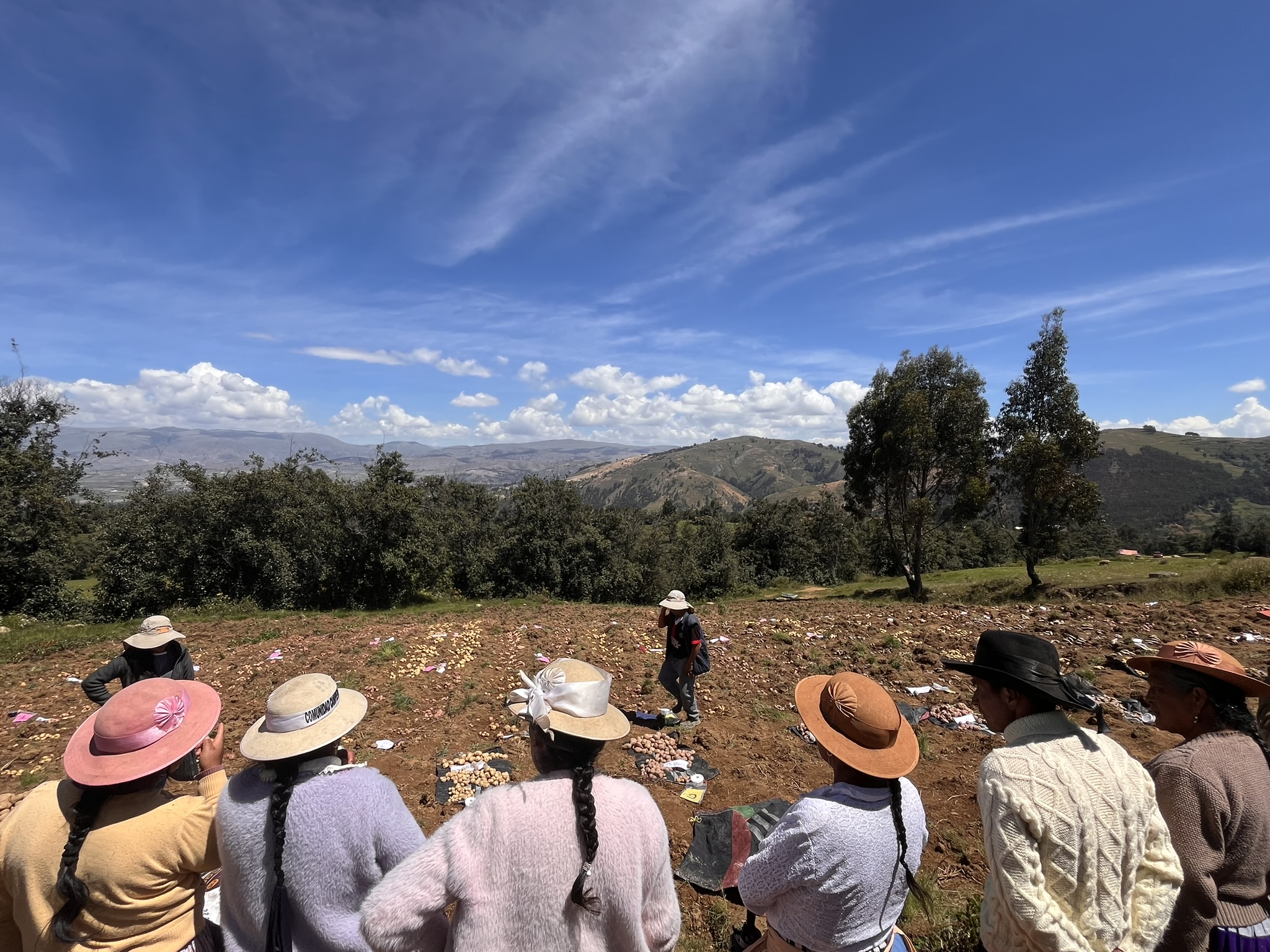Project Summary
Countries: Indonesia, Malaysia
Delivery Partner: The Scottish Association for Marine Science (SAMS)
Project Partners: National History Museum, University of Malaya, United National University – Institute on Comparative Regional Integration Studies
Principal Investigator: Professor Elizabeth Cottier-Cook, Research Area Leader in Seaweed Resource Management, SAMS
GlobalSeaweed-SUPERSTAR works to protect global wild seaweed stocks, enhancing the biodiversity of habitats and strengthening the livelihoods of the seaweed farms and local communities.
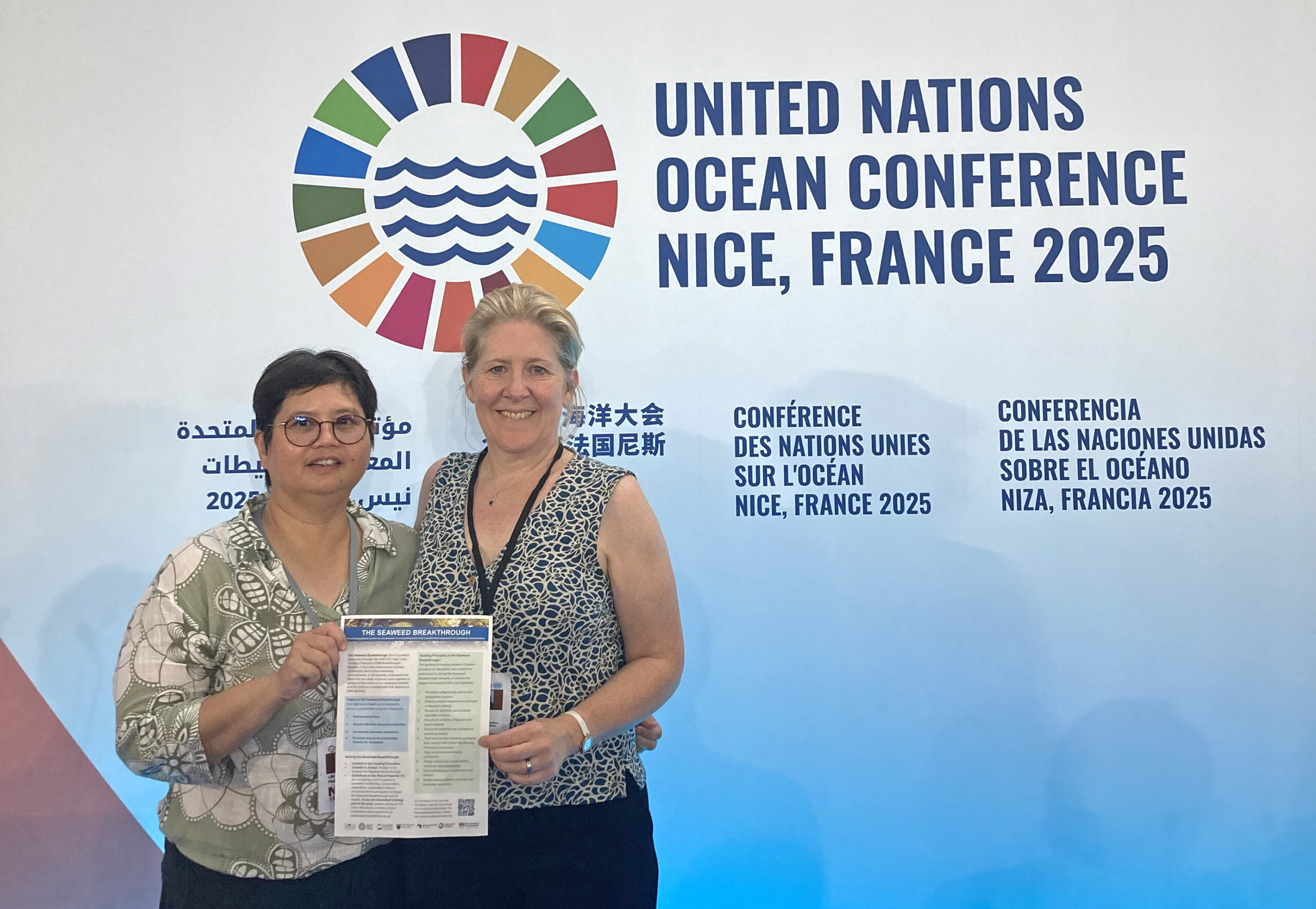
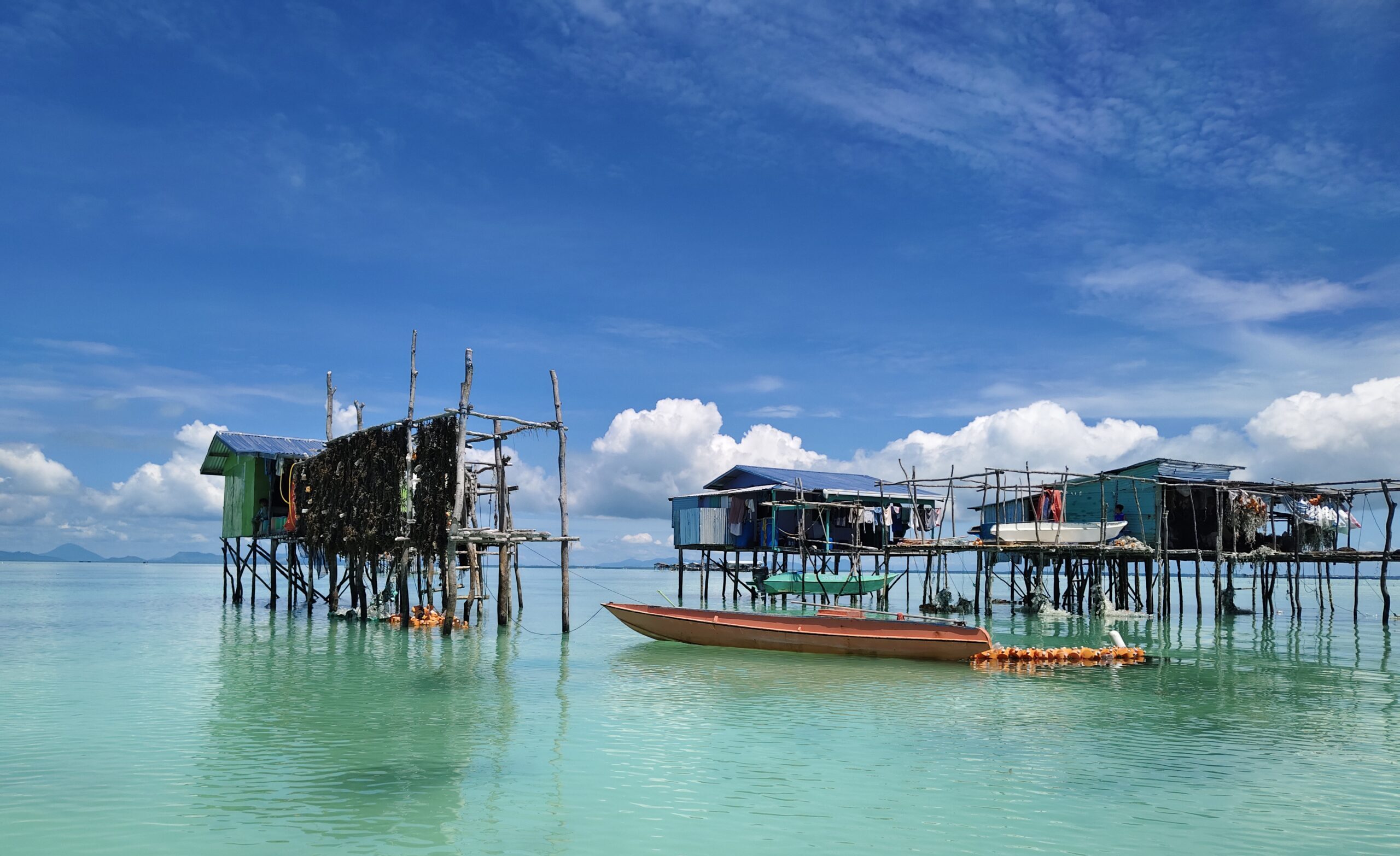
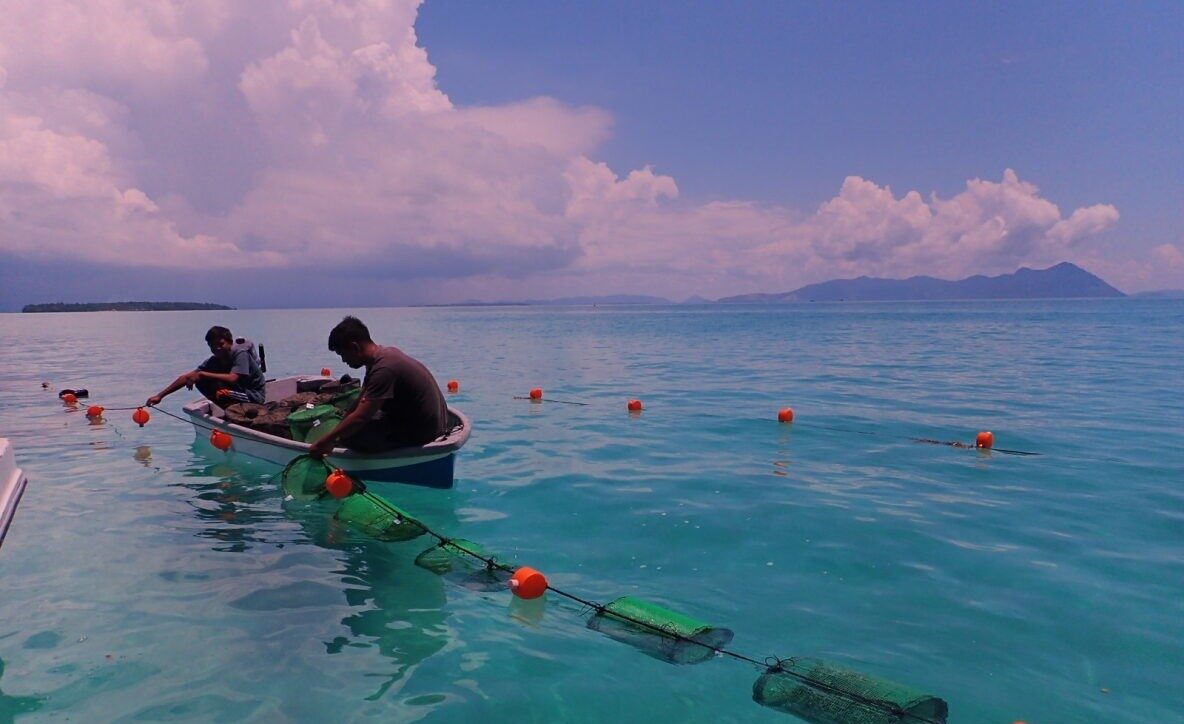
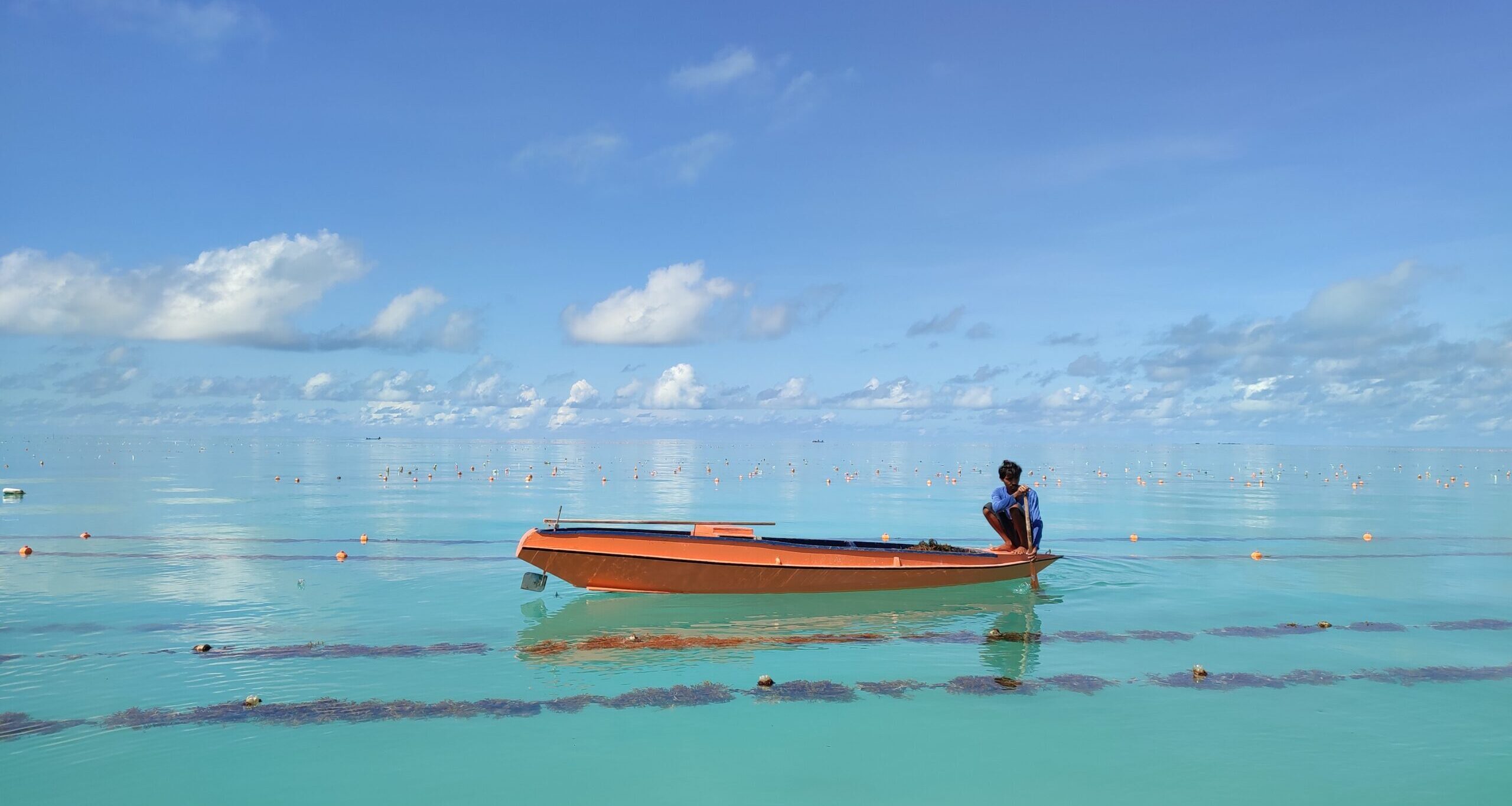
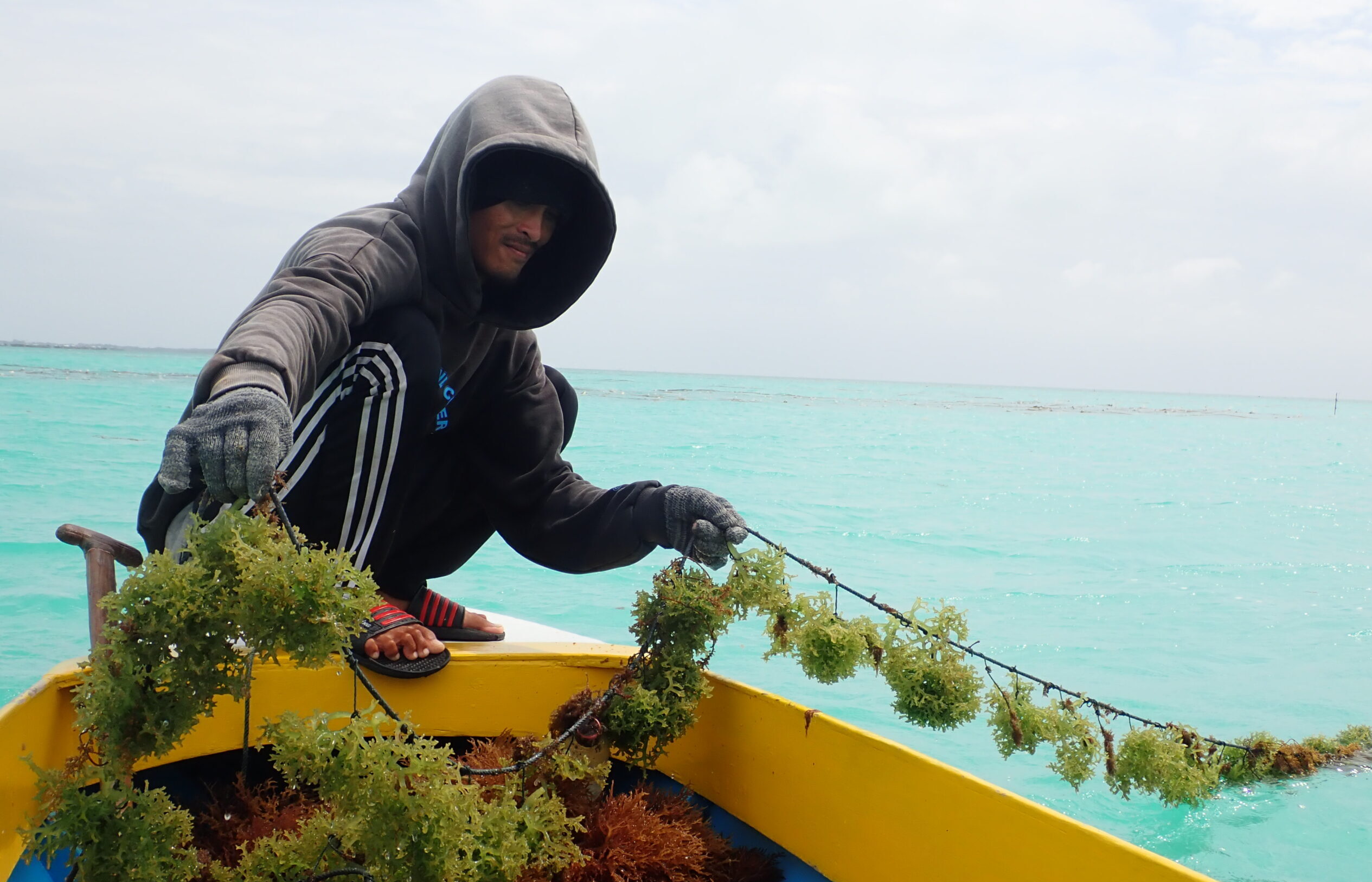
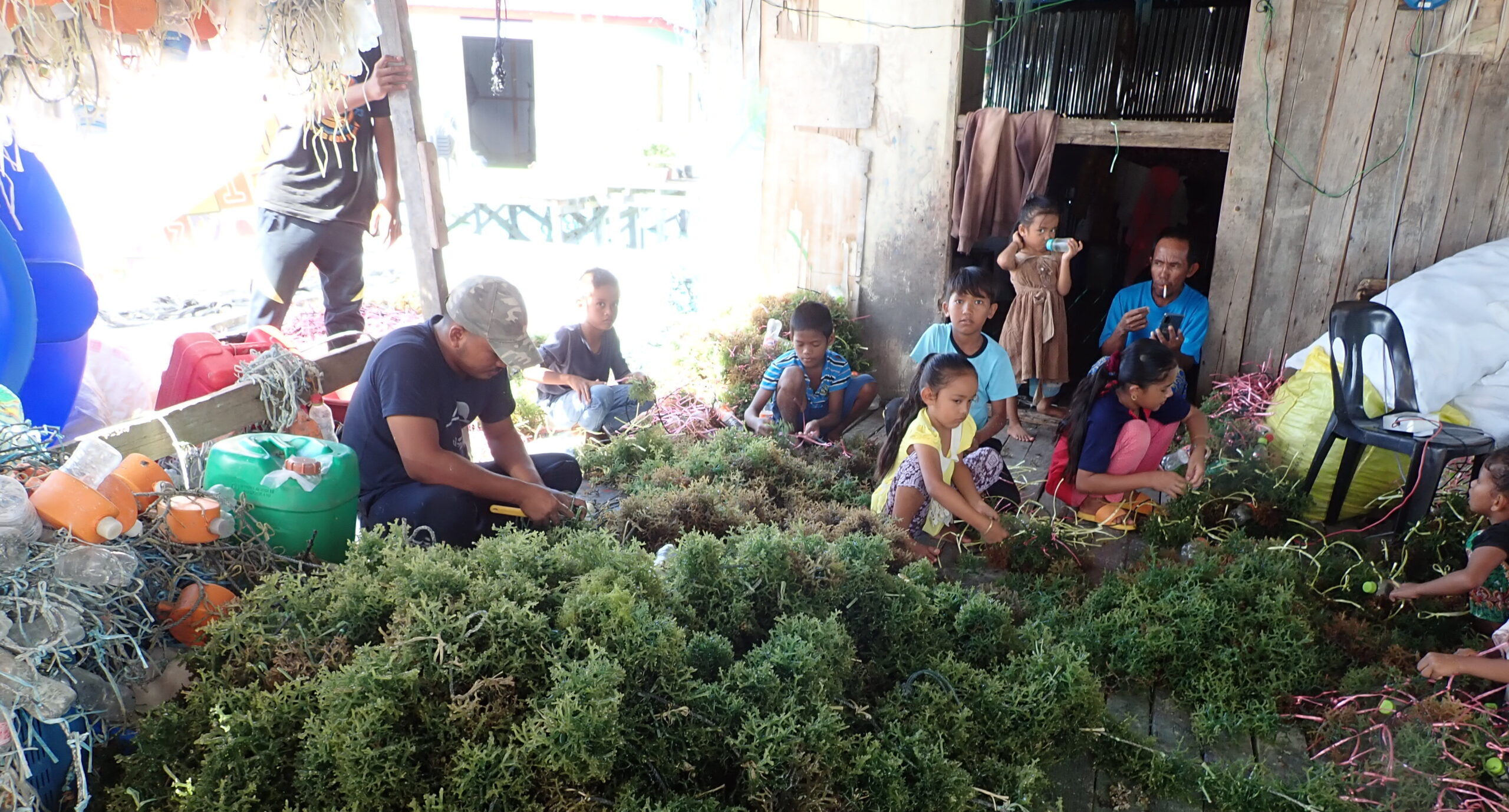
Challenge
Seaweeds are crucial for marine ecosystems, supporting biodiversity, providing essential ecosystem services, and playing a vital role in mitigating climate change. However, wild seaweed populations are predicted to lose up to 71% of their distribution by 2100 due to overharvesting, climate change, pollution, invasive species, and disease outbreaks. Despite their importance, wild seaweeds receive little to no protection globally.
The seaweed industry also sustains over 6 million farmers, particularly in Southeast Asia, where women play a central role in cultivation. While the sector is rapidly growing, it depends heavily on dwindling wild stocks and a limited number of cultivars, many of which lack resilience to climate change and are susceptible to pests and diseases.
Insight
To address these issues, GlobalSeaweed-SUPERSTAR is developing the ‘Seaweed Breakthrough’ strategy, which aims to protect, conserve, and restore wild seaweed populations while supporting the livelihoods of seaweed farmers and their communities. The recommendations below will help policymakers incentivise the seaweed industry to address UN SDGs 5, 8, 13 and 14; balancing socially-inclusive and gender-equitable economic growth, ocean health and occupational safety.
- Establish an international seaweed conservation strategy to protect vulnerable seaweed species and their habitats, with guidelines based on the precautionary approach.
- Develop a standardised, industry-wide naming procedure for seaweeds and the tools to apply these names correctly, that are underpinned by science and support international policy mechanisms and datasets. This will enable the identification of high-risk species and the long-term monitoring of wild seaweed stocks and their habitats.
- Establish robust ways to identify and designate statutory Marine Protected Areas to protect vulnerable seaweed species and/or their habitats based on a scientifically proven evidence base.
- Develop regional and national seedstocks and biosecure nurseries to conserve genetic diversity and minimise pressure on vulnerable wild stocks and their habitats.
- Establish a capacity building and awareness raising programme to ensure seaweed farmers and coastal communities are fully engaged in sustainable farming and harvesting practices.
Collaboration
GlobalSeaweed-SUPERSTAR brings together an international team of experts in science, policy and economics from across the world. The four core partners are based in the United Kingdom, Malaysia and Belgium.
“Our aim is to develop a global strategy that protects, conserves and restores wild seaweeds and enhances biodiversity, whilst supporting livelihoods of seaweed farmers and their communities. To achieve this we will work hard to create diverse and equitable partnerships and networks, new policies and practices to enable further investment in climate resilient initiatives, which will benefit a truly global industry.”
Discover More
More: globalseaweed.org
Watch: What is GlobalSeaweedSTAR?
Professor Elizabeth Cottier-Cook
Professor Cottier-Cook specialises in Seaweed Biosecurity at SAMS and as is a Fellow of the Royal Society of Biology. She is passionate about making a difference in developing countries.
Elizabeth has published more than 115 peer-reviewed papers on topics such as environmental impacts of aquaculture, marine invasive species and seaweed biosecurity. Her 2016 United Nations University Policy Brief on safeguarding the global seaweed industry received coverage in 40 countries, reaching a total viewership of more than 100M.
